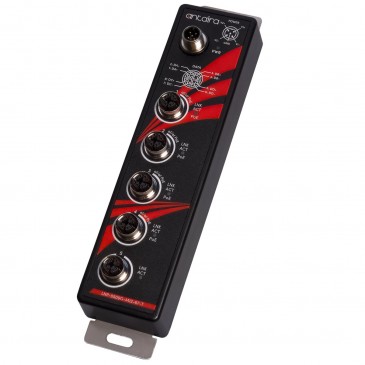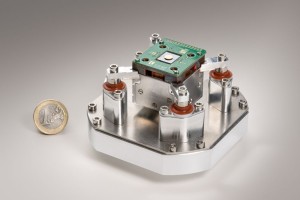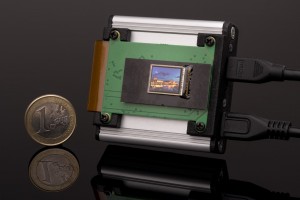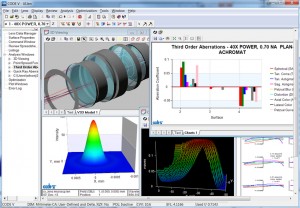
Synopsys, Inc.announced version 11.3 of its CODE V optical design software, which introduces new capabilities that empower designers to create, simulate, and visualize optomechanical systems faster and more efficiently than ever. Highlights include:
- Expanded CAD Model Support. CODE V's CAD model support has been augmented with flexible options to load CAD surfaces for ray tracing and 3D visualization. Ray-traceable CAD surfaces allow designers to evaluate the impact of mechanical structures on optical performance. These surfaces can be defined both sequentially and non-sequentially to provide design flexibility and fast simulations. CODE V also allows designers to import CAD surfaces into the lens model for mechanical visualization only. Visualization CAD surfaces are automatically excluded from ray trace simulations, without the need for designers to specify custom surface attributes. CODE V's unique combination of ray-traceable CAD and visualization CAD surfaces saves time in sequential and non-sequential design work.
The enhanced CAD modeling capabilities in CODE V help users visualize volume constraints, define complex aperture shapes for blocking and obstructing rays, easily create complex prism geometries, and much more. These capabilities can also be useful for designing and visualizing unusual surface shapes, such as those used in aerospace and automotive applications, including heads-up displays (HUDs).
- New Freeform Surfaces for Compact Optical Systems. CODE V offers two new freeform surface shapes: Q2D Freeform Asphere and Extended Fringe Zernike. Both of these surface types can include X and Y offsets of the aspheric departure from the surface coordinate system and can redefine the Z axis of the surface coordinate system relative to the Z axis of the base conic. The new freeform surfaces provide unique, superior correction in systems with significant tilts and decenters, which can be particularly useful for designing lightweight and compact optical systems, such as those in AR/VR systems. In addition, a new 2D coefficient grid window makes it easy to preserve desired symmetries in the optical system using freeform surfaces.
- SpecBuilder Feature Improvements. The CODE V SpecBuilder feature helps designers easily track and communicate how well their optical system designs meet project specifications and goals. Version 11.3 expands the library of pre-built project specifications based on Synopsys' optical engineering expertise. New specs include chief ray and point spread function centroid-based lateral color, element and system weight, and differential expansion of cemented components.













 Back to Products
Back to Products